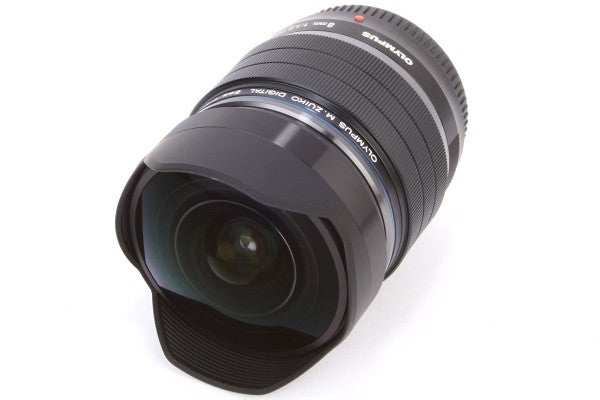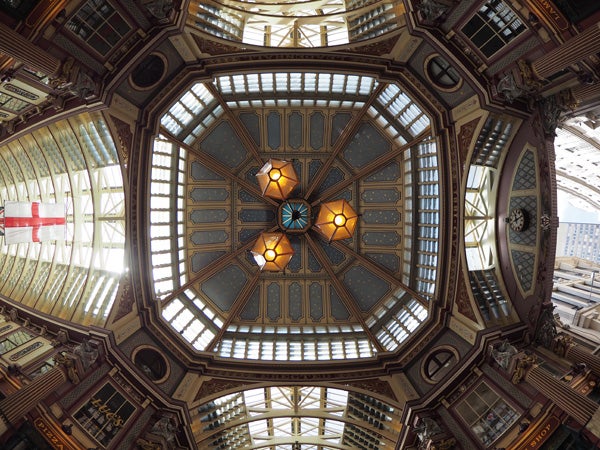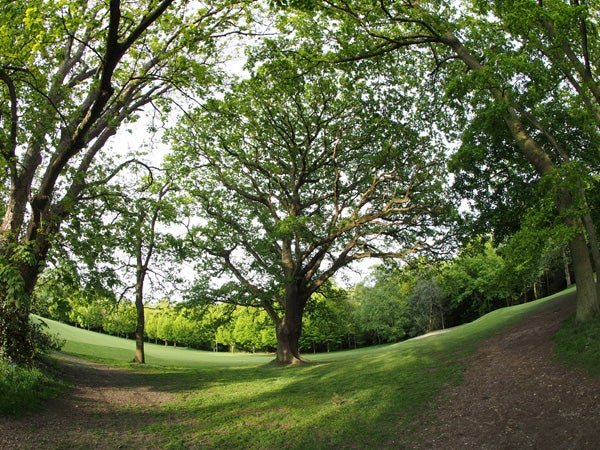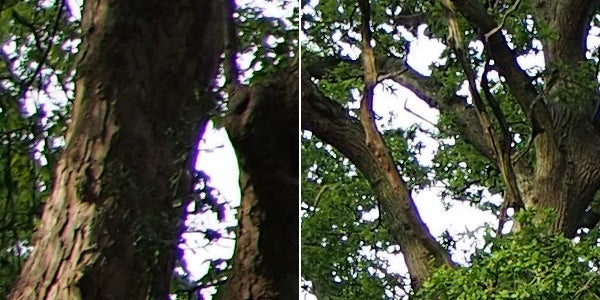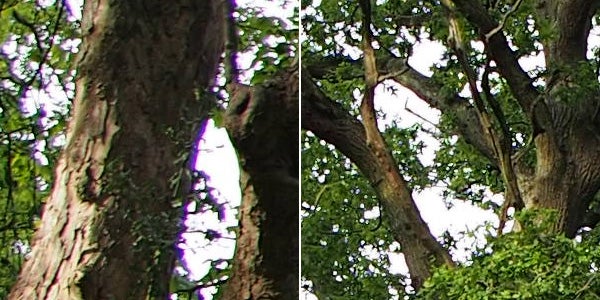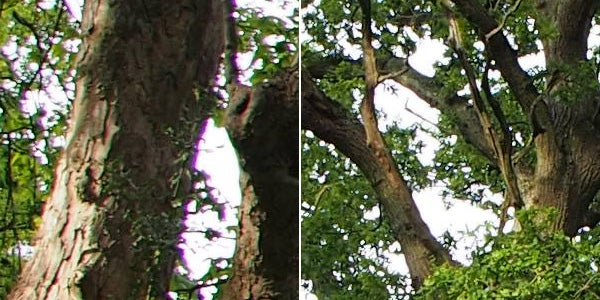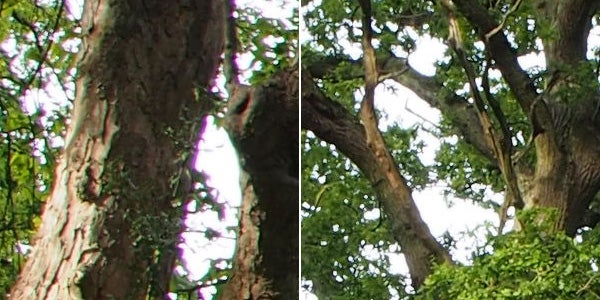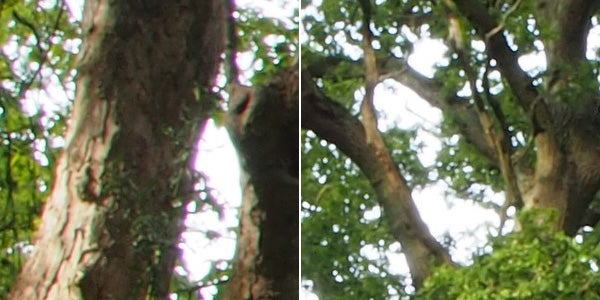Olympus bills the M.Zuiko Digital ED 8mm Fisheye 1:1.8 PRO as the brightest lens of its type. Andy Westlake investigates whether it lives up to its Pro tag.
Olympus M.Zuiko Digital ED 8mm Fisheye 1:1.8 PRO Review
Olympus M.Zuiko Digital ED 8mm Fisheye 1:1.8 PRO Review – Image quality
Fisheye lenses aren’t really amenable to conventional lab-based chart testing, so I’m not going to attempt that here. Instead I’m going to analyse real-world pictures taken with the lens, and give my impressions from a day or two using it – suffice to say that they’re pretty positive. Click on any of the images below to download a full-size out-of-camera JPEG.
Fisheye projection and angle of view
The first thing to say is that the 8mm is a fisheye lens, which means it renders lines that are straight in the subject as strongly curved in the final image (unless they pass through the centre of the frame). This isn’t a defect compared to a traditional rectilinear lens – technically it’s a different geometric projection – and it gives a very distinctive look to fisheye shots, along with a massive 180° diagonal angle of view. Taming this curvature is often one of the keys to taking convincing fisheye pictures.
As you might expect, the 8mm gives a slightly, but noticeably narrower angle of view than the Samyang 7.5mm f/3.5 fisheye – here’s comparison shot taken from the same position (but with a slightly darker exposure).
Sharpness and chromatic aberration
As we’ve come to expect from Olympus’s PRO series lenses, the 8mm f/1.8 is impressively sharp, even wide open. Below is a shot taken at f/1.8, along with 100% crops from the centre and edge of the frame (taken from OM-D E-M5 II out-of-camera JPEGs).
There’s no serious problem with sharpness here, although the corner isn’tt quite as crisp as the centre (which is only to be expected). There’s also some fairly strong vignetting in the corner, which makes it look rather dark. Just for comparison, below is a similar pair of crops at f/4:
When it comes to lateral chromatic aberration, this is automatically corrected on recent Olympus cameras, including the OM-D E-M5 II used for the samples above; indeed these crops show that corrections are very effective indeed. But we can see how the lens performs by shooting on older body that doesn’t correct CA, such as the original E-M5. Let’s see how this appears at various apertures; in this series we’re looking at 100% crops from the left side and centre of the frame from the scene below:
From this you should be able to see that’s there’s visible green/magenta fringing at the edges of the frame, and while it’s rather intense in colour, fringe widths aren’t too extreme, so you’d have to print very large to see it. There’s also just a little purple fringing in the centre of the frame at f/1.8.
In terms of sharpness, the centre is exceptionally crisp wide open, and never really gets better. But the edge looks rather softer at f/1.8, and only really sharpens up properly at f/5.6. Do bear in mind, though, that one of the side effects of correcting CA is to increase apparent sharpness towards the edges and corners of the frame, which helps explain why the previous examples looked better than this. Beyond f/5.6 diffraction kicks in visibly, with f/11 noticeably soft, and f/22 pretty horrible. This is absolutely expected from Micro Four Thirds, which should normally be shot at larger apertures than either APS-C or full frame, with the sweet spot generally around f/4 – f/5.6.





